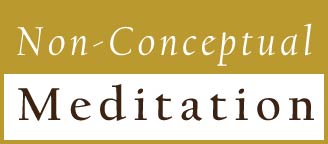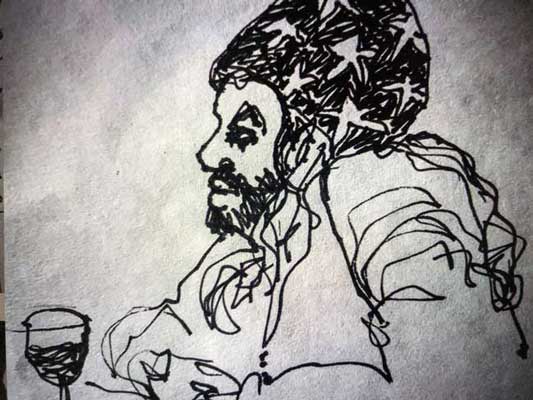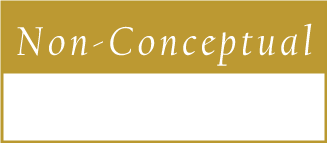MBAR vs. Social Anxiety PT 1
MBAR vs. Social Anxiety Pt 2
MBAR vs. Social Anxiety PT 3
MBAR vs. Social Anxiety PT 4
MBAR vs. Social Anxiety PT 5
I am very familiar with Social Anxiiety as I suffered from the condition for much of my life. I have also healed, and I am happy to bring my insights to the forum. Social Anxiety is diagnostically defined in an almost legalistic tone as a “marked and persistent fear of one or more social or performance situations in which the person is exposed to unfamiliar people or to possible scrutiny by others.” This initial part of the diagnostic definition portrays the circumstance that typically triggers the anxiety attack: It is fear related to social or performance situations -- not necessarily with close relations, friends or family. The diagnostic definition goes on to elaborate on a further complications: “The individual fears that he or she will act in a way (or show anxiety symptoms) that will be humiliating or embarrassing.” So the fear in social anxiety is being shamed, dishonored or disgraced. This is certainly a fine description. Further contained in this definition is a description of a common secondary feature which is the fear of being exposed as being anxious. In other words, there may be aggravated anxiety about having anxiety.
This behavioral definition does not, however, suggest the cause, or its remedy. Thus to make the definition more serviceable I would add: “The condition is distinguished by avoidant behaviors, and compensatory ideals forming as preoccupations that obstruct adjustment to the core fear.” Now the definition includes more of its symptoms, and suggests a remedy-- The complex of Social Anxiety requires an absence therapeutic exposure to the offending fear. In other words, avoidance and overcompensations form, and maintain the disorder. So, with the added description that Social Anxiety necessitates active avoidance or over-compensations, let us approach understanding the condition from the perspective of its remedy, rather than its miseries.
Recommendation: View MBAR vs. Social Anxiety PT 1 and 2.
Here is a revealing scenario in which a typical intervention occurs. Imagine you have initiated meditation practices and you have social anxiety. And, it’s not just another morning. Today you have a meeting with your colleagues to discuss both last month’s business highlights and your plans for the coming month. What is more, you will be joined by a colleague who you admire. In the midst of getting yourself prepared for the day you find yourself transported by your imagination from your kitchen to the conference room. You see yourself bidding peers and supervisors good morning, chuckling, rustling papers and acting as if you were fully comfortable. As you prepare to leave your home, your mind is negotiating two activities—one oriented to the present moment, the other to the future event. You are then rudely awakened from your daydream after mindlessly opening your refrigerator door when your intent was to find your house keys. As if suddenly discovering you were lost in dream, you become abruptly present to where you really are and what you were just doing. “God!” you scold yourself as if striking a clang.
Then, skillfully you determined that you will not condemn yourself as a bird-brain, as you might have done just two months back. Being critical is almost a reflex; it works your symptoms up, but you are not going there. You have learned to be more self accepting, and you refuse to feel diminished by the fact that you were distracted by apprehensive anxiety. You are now familiar with such mental events. You review the nature of your fantasy and determined that the intent was to “look good in the eyes of others,” and to redeem a loss sense of honor. You are by now quite familiar with these two themes. You whisper to yourself a healing mantra: "This is my emotional wound, and I accept it completely." You allow yourself to briefly become aware of the present moment feeling your state of being. Though not elated, there is a sense of command, as well as success, that comes over you, for you have once again identified and interrupted a toxic, and maladjusted mental habit. You again resolve to refrain from such fantasies, and launch into your workday without dependence on a script.
This brief account portrays an interruption of symptomatic rumination that sustain social anxiety. The scenario further reveals key elements about the nature of the disorder. What is so critical about this scenario is that the symptoms of social anxiety are not primarily characterized as anxious moments in a social setting. This private episode is more insidious, less awkward but just as significant. Discomfort in a social encounter is only one aspect of the condition. Social anxiety is also understood as preoccupation, chronic self-consciousness and unwitting defensiveness.
Finish watching MBAR vs. Social Anxiety PT 3, 4, and 5.
By interrupting habitual defensiveness, forming as intrusive fantasies, and preoccupation, we strike at the maladjusted coping modes that sustain the condition. Social anxiety is not primarily healed on the stage of social performance; it is healed in the private moments of your life. We are consequently led to the ironic conclusion that social anxiety is more a private matter than a public one. We are privately working our symptoms up, rather than down. We are covertly utilizing toxic modes of coping like Being Impressive that must be relinquished, if we are to gain liberation.
Cesar


